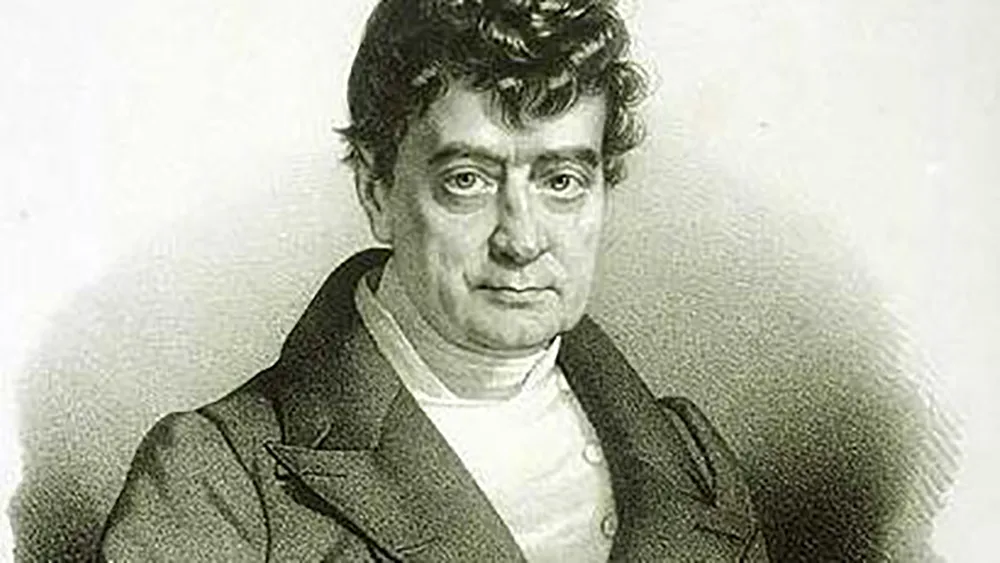1
Silvestre de Sacy (1758-1838)

Silvestre de Sacy was a professor at the Special School of Oriental Languages in Paris, where he became the most influential teacher of Jean-François Champollion.
He attempted to decipher the Rosetta Stone without success but his proposal that the Stone’s hieroglyphic cartouches might be written in an alphabet proved important.
Read more about hieroglyphs:
- How we deciphered Ancient Egyptian hieroglyphs
- Rosetta Stone: A history of translating ancient Egyptian hieroglyphs
- What is the Rosetta Stone?
2
Johann Åkerblad (1763-1819)

Johann Åkerblad was a Swedish diplomat and student of de Sacy.
He compared the Egyptian demotic and the Greek inscriptions on the Rosetta Stone, and concluded that demotic appeared to be an alphabet like Greek. Although this was not so, he correctly identified certain names and words in demotic as alphabetic.
3
Joseph Fourier (1768-1830)

Fourier was a French mathematician famous for his analysis of heat.
He accompanied Napoleon Bonaparte on his invasion of Egypt and returned to France with a collection of antiquities that inspired the young Champollion to investigate the Egyptian language.
4
Thomas Young (1773-1829)

Thomas Young was an English polymath who practised as a physician in London and is known for his interference of light experiment as well as for his linguistics.
He built on the ideas of de Sacy and Åkerblad, realised that demotic was derived from hieroglyphic and deduced a hieroglyphic ‘alphabet’ that proved partially correct.
5
Jean-François Champollion (1790-1832)

Champollion studied Egyptian scripts from his teenage years in Grenoble.
He rejected his English rival Young’s ‘alphabet’ until 1822, when new evidence from Egypt led to his breakthrough discovery: that the hieroglyphic and demotic scripts are a complex mixture of phonetic and non-phonetic signs.
- This article first appeared in issue 257 of BBC Science Focus–find out how to subscribe here
